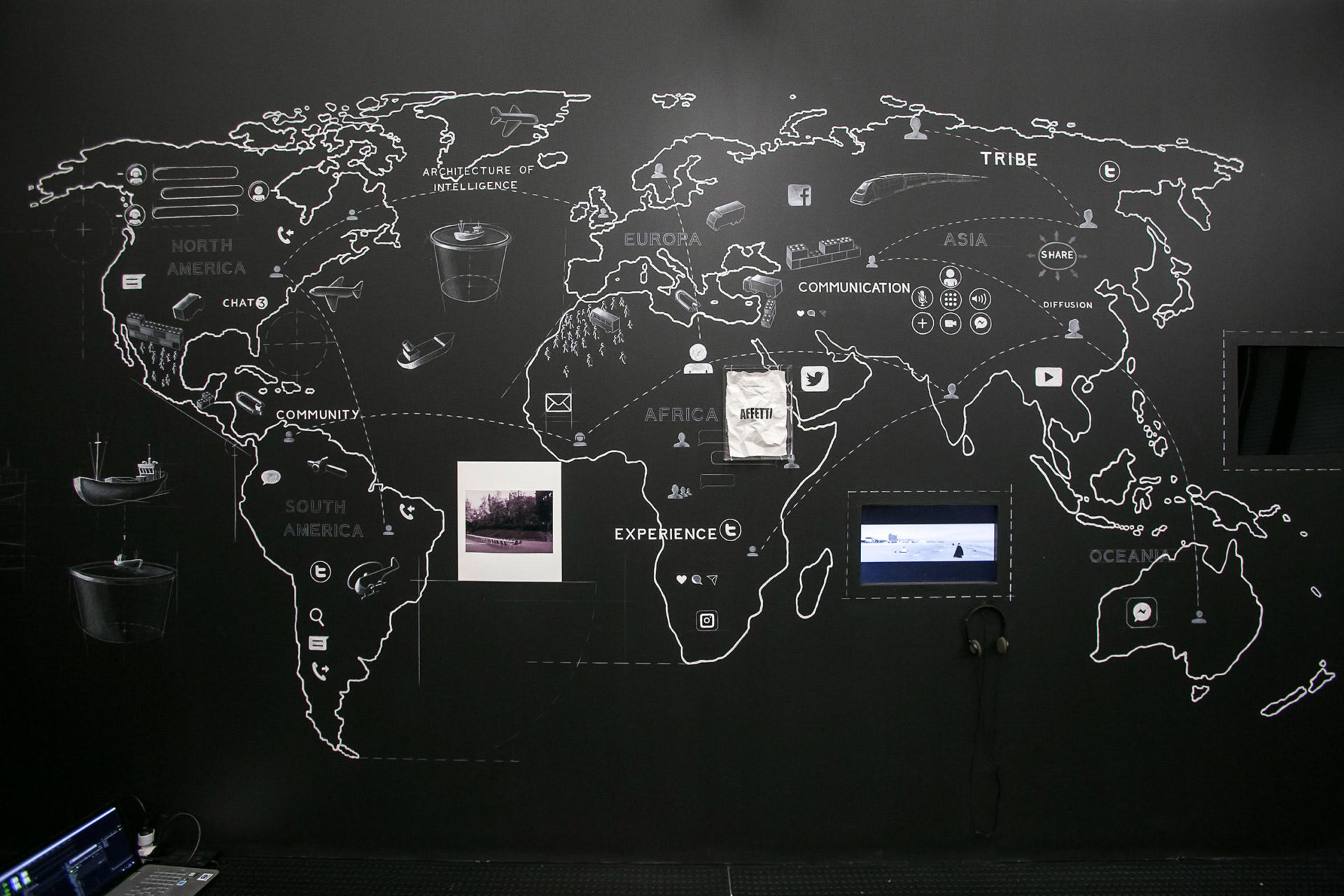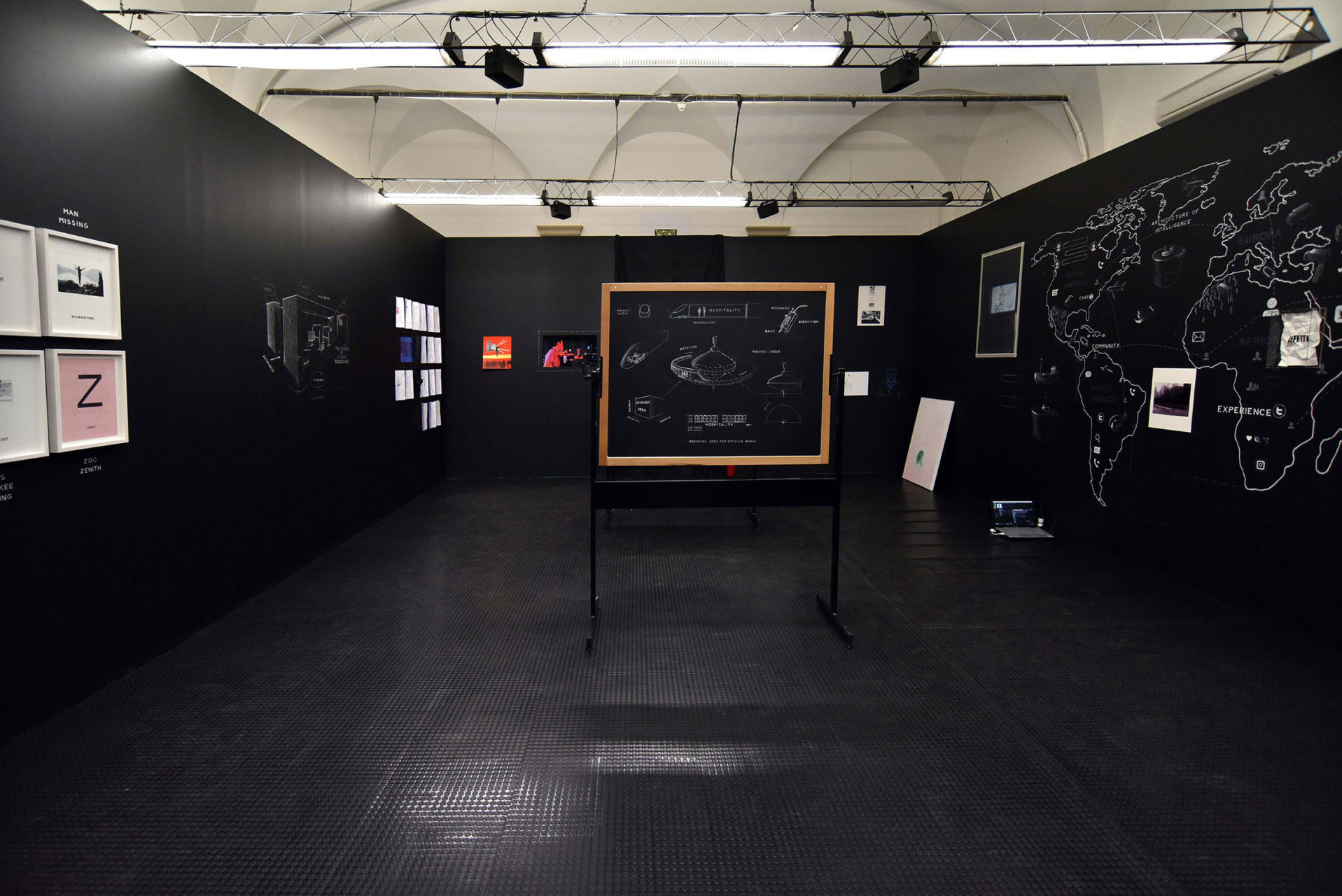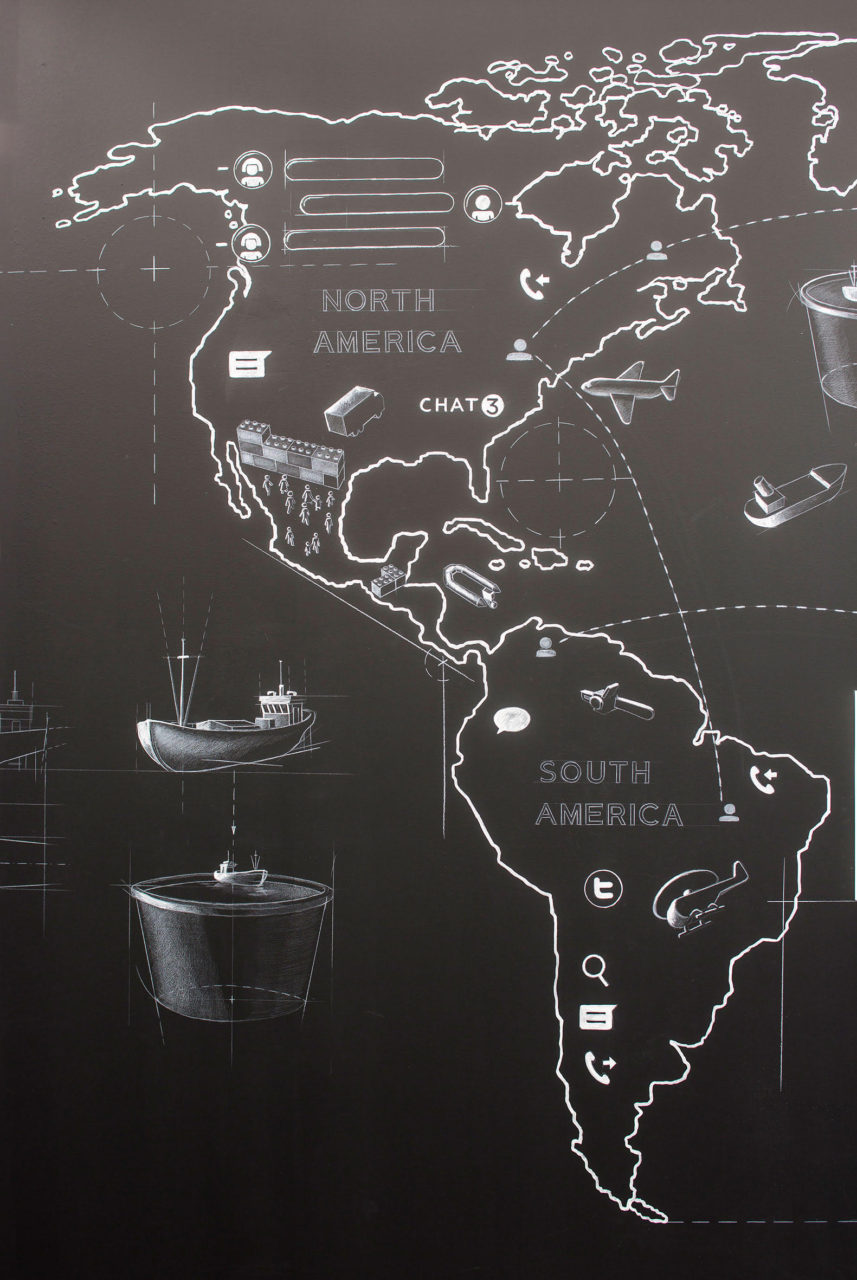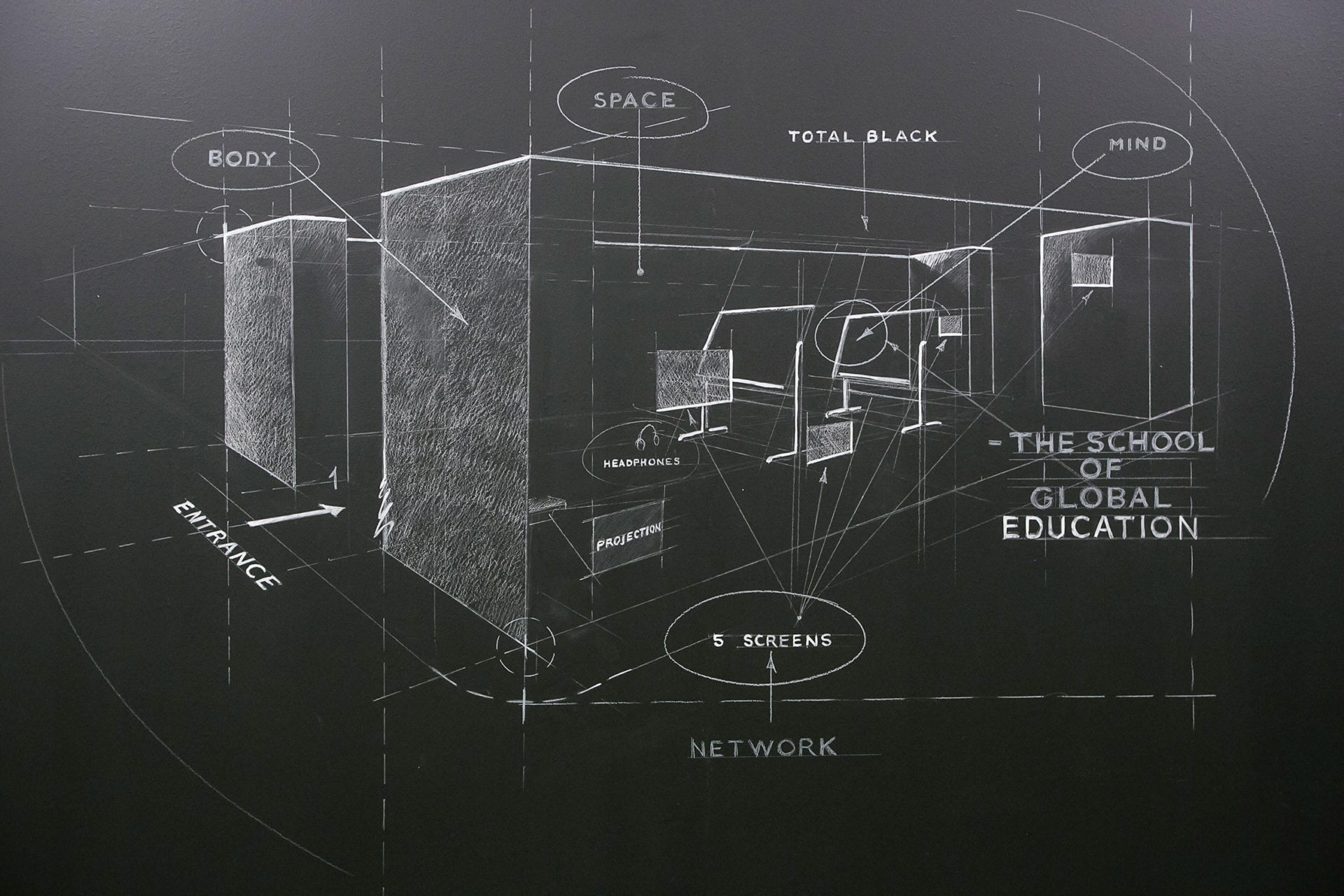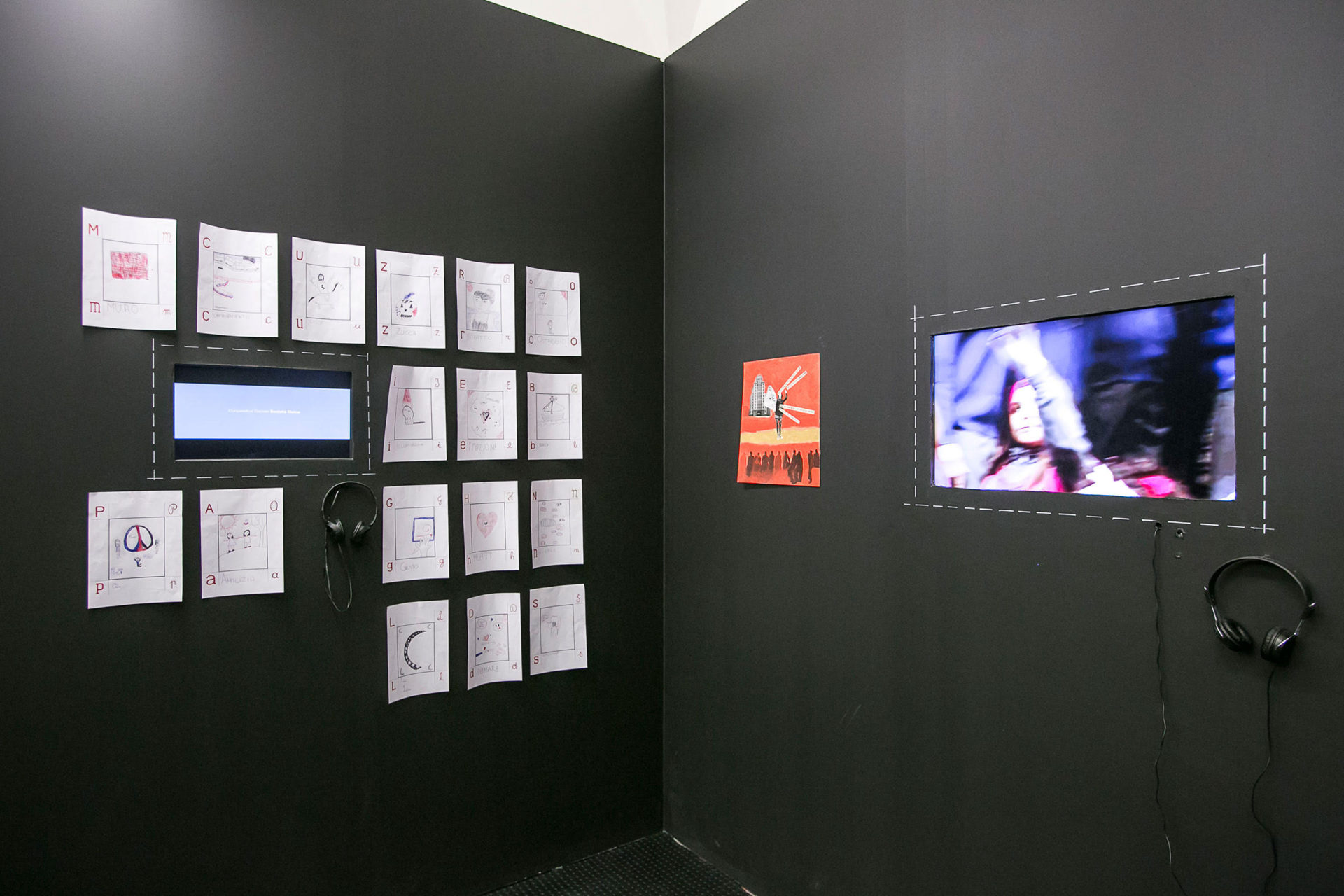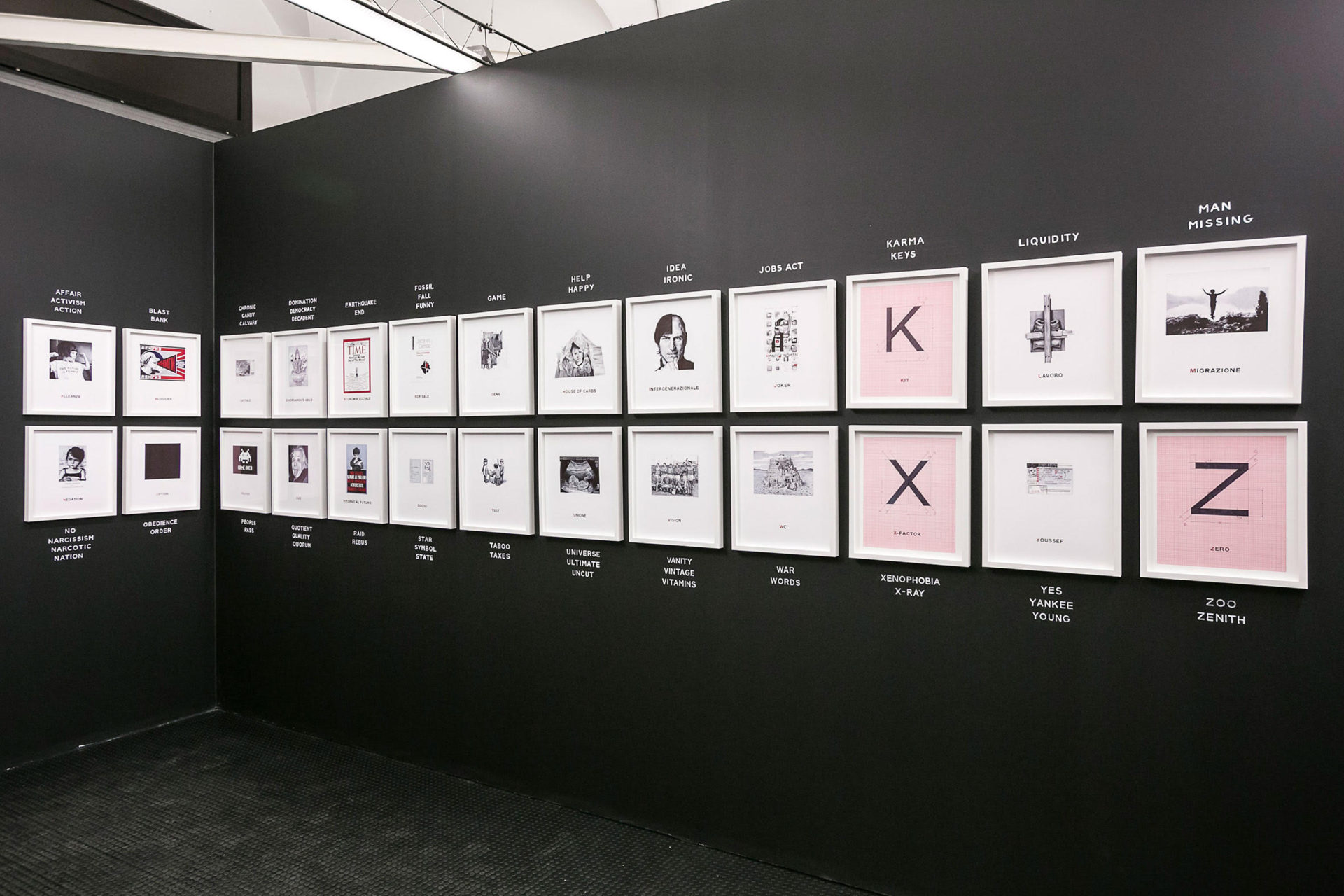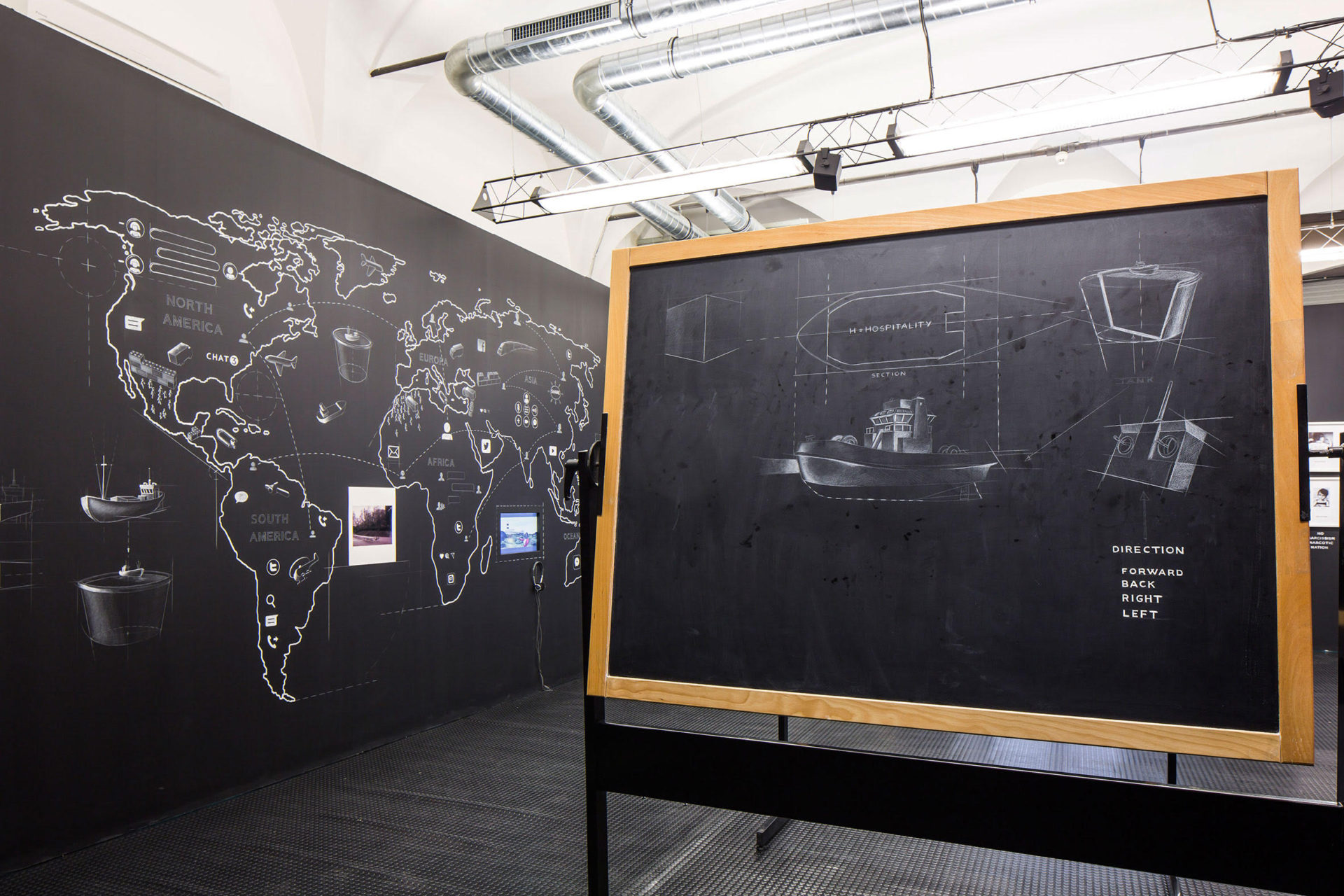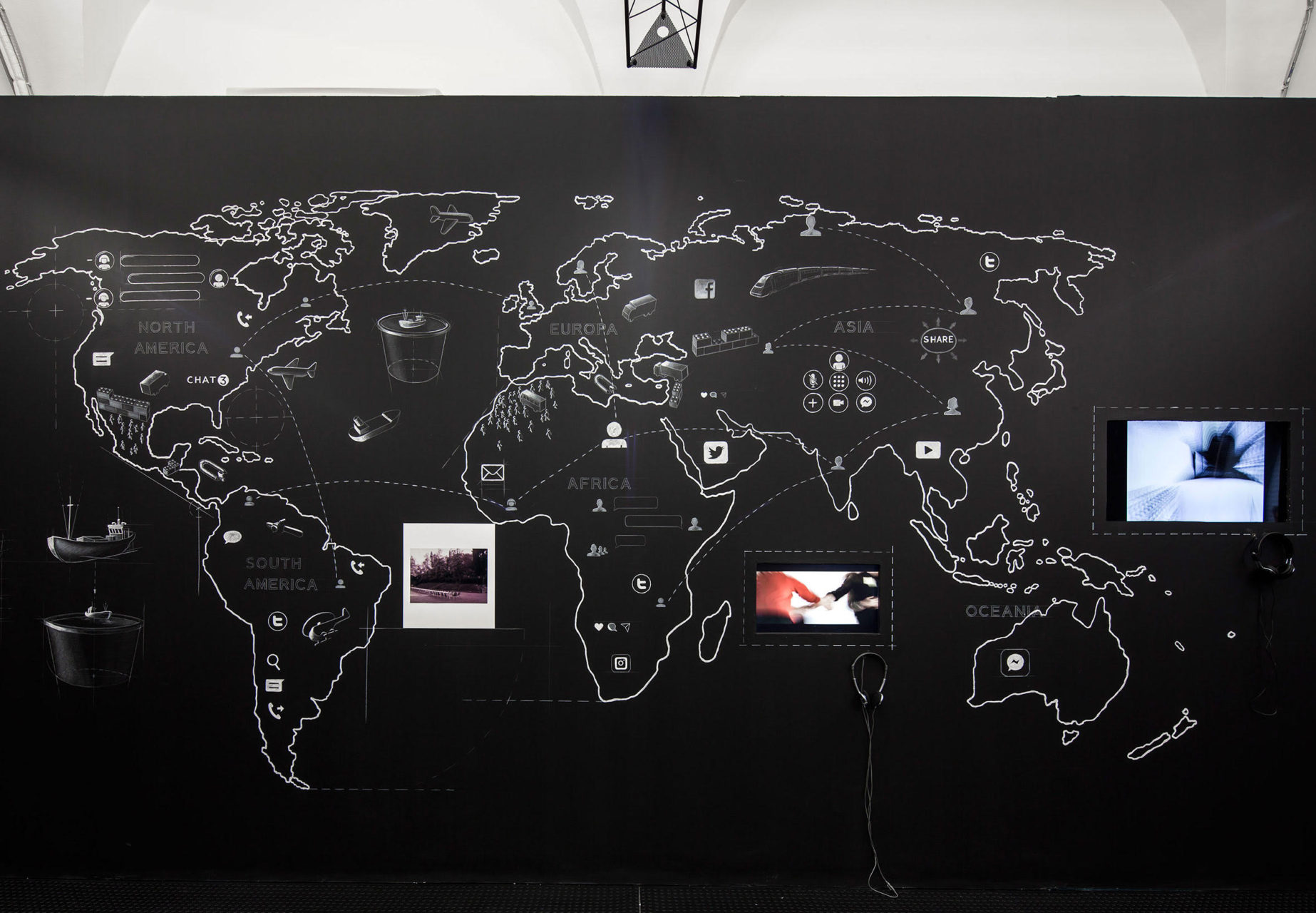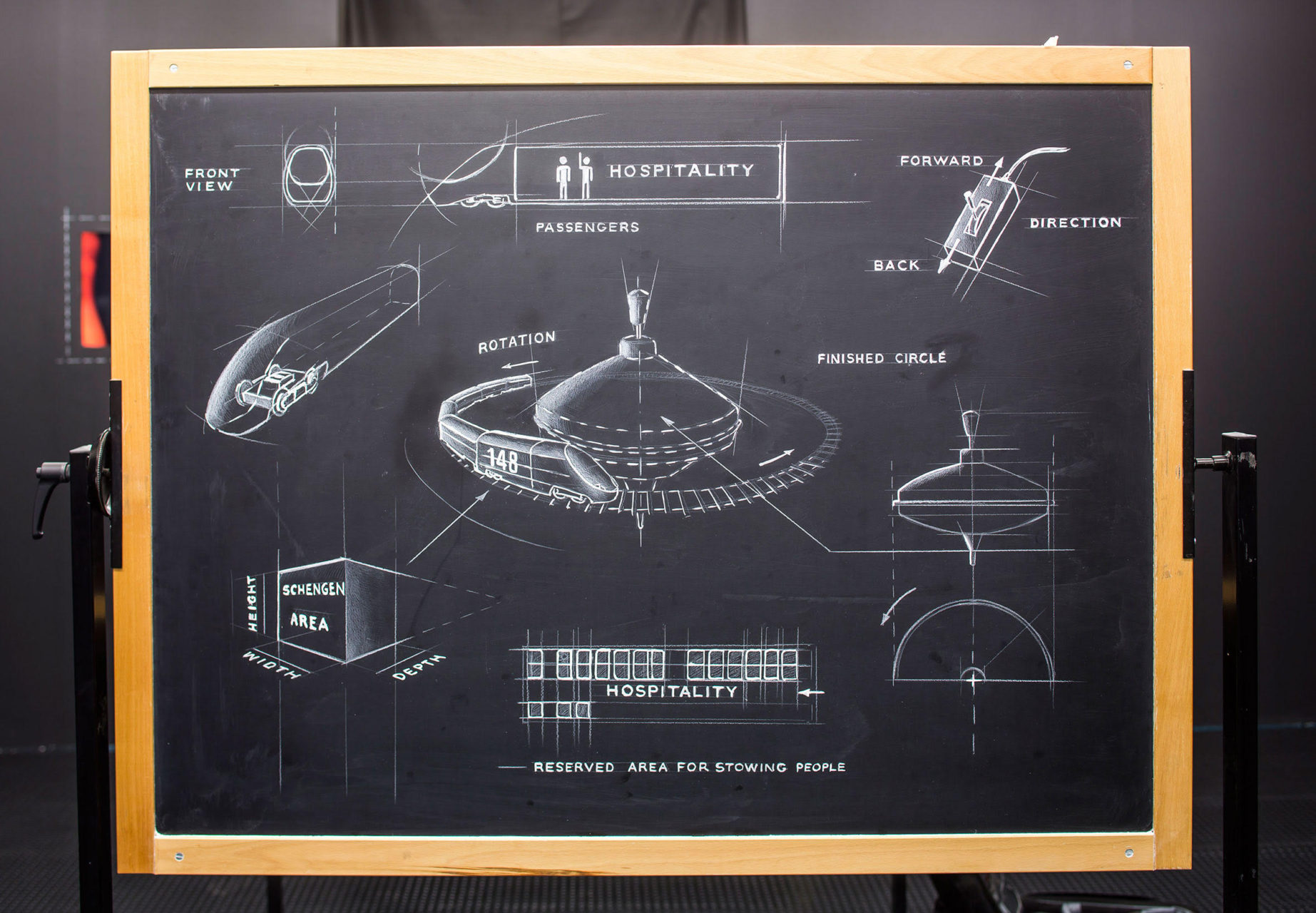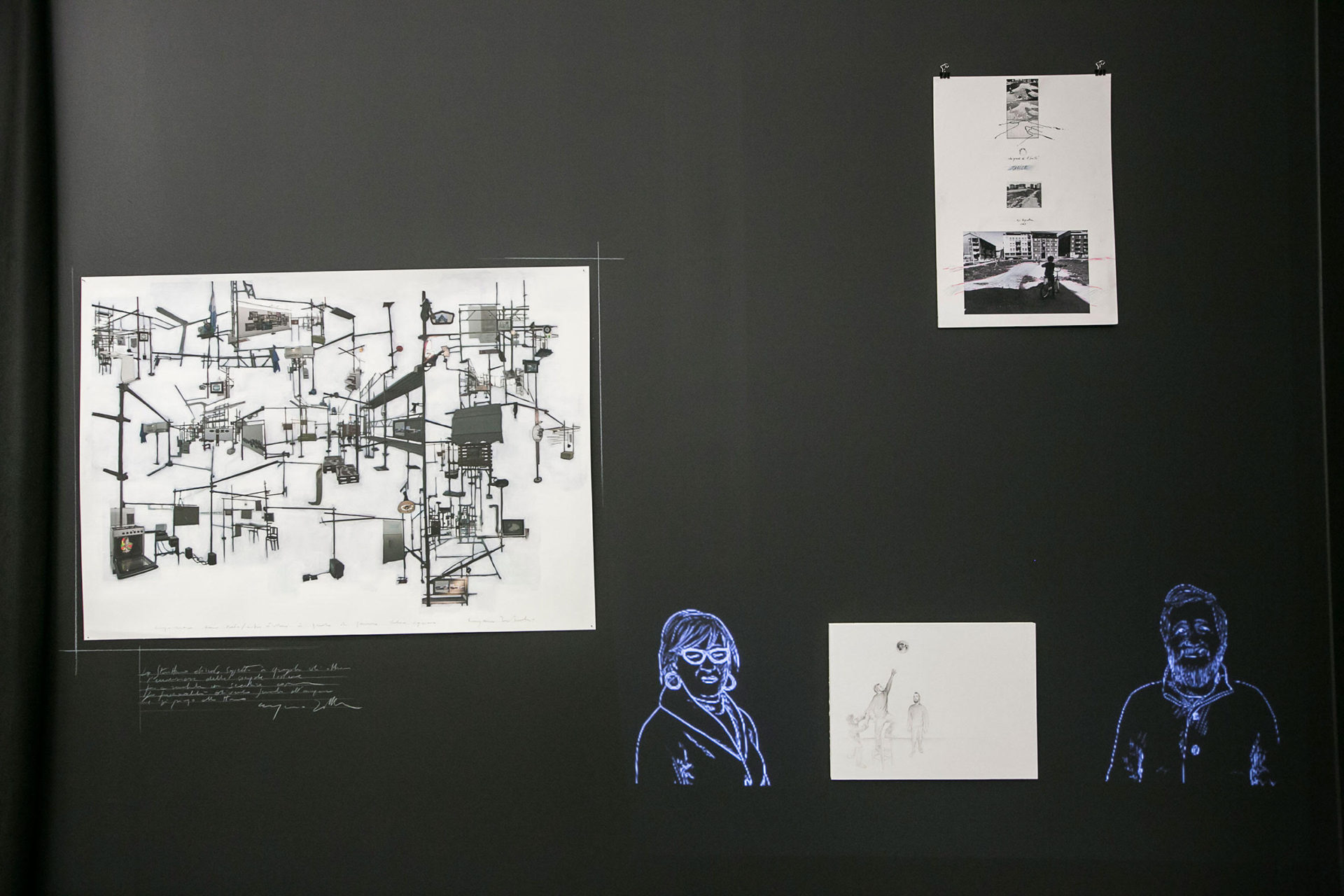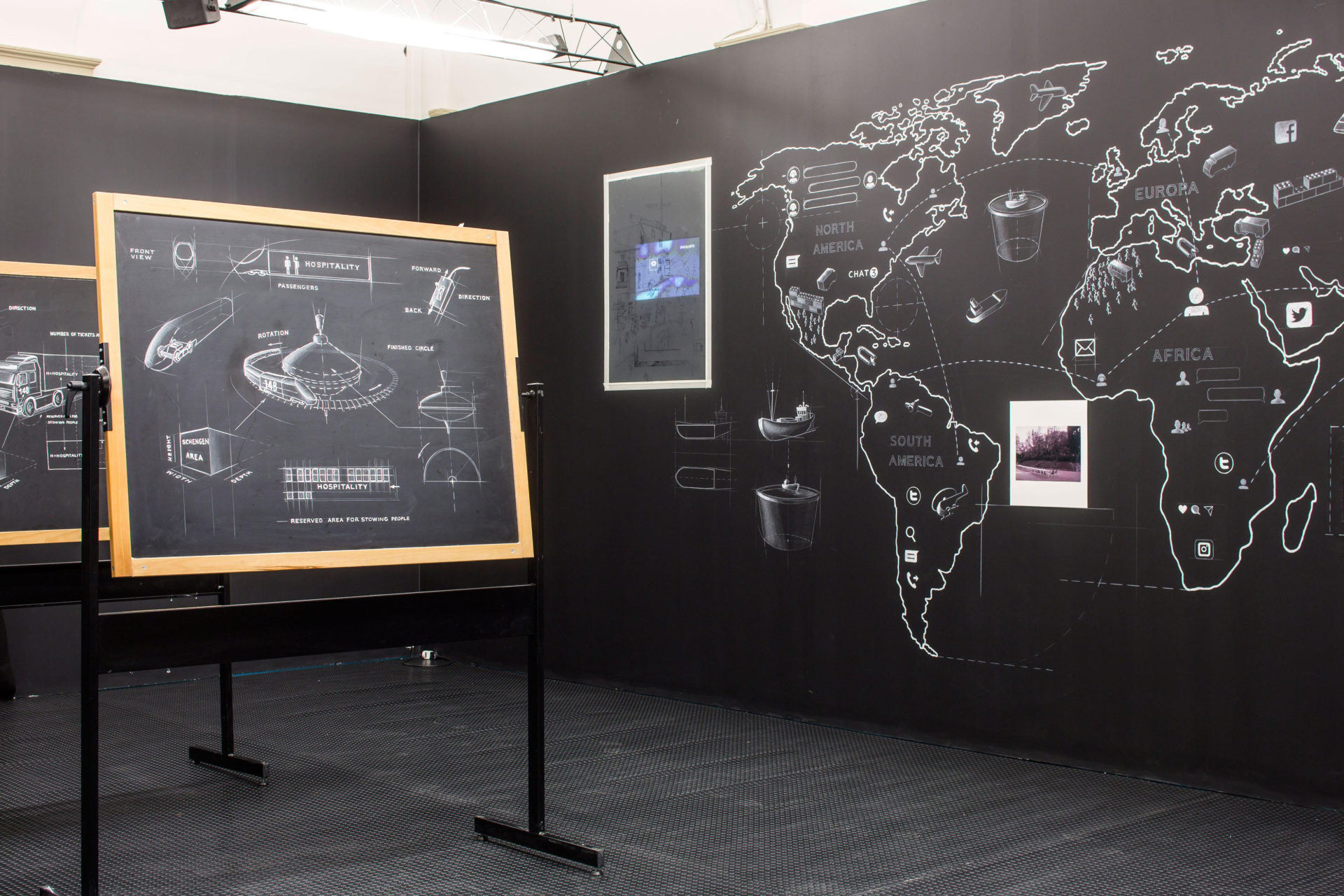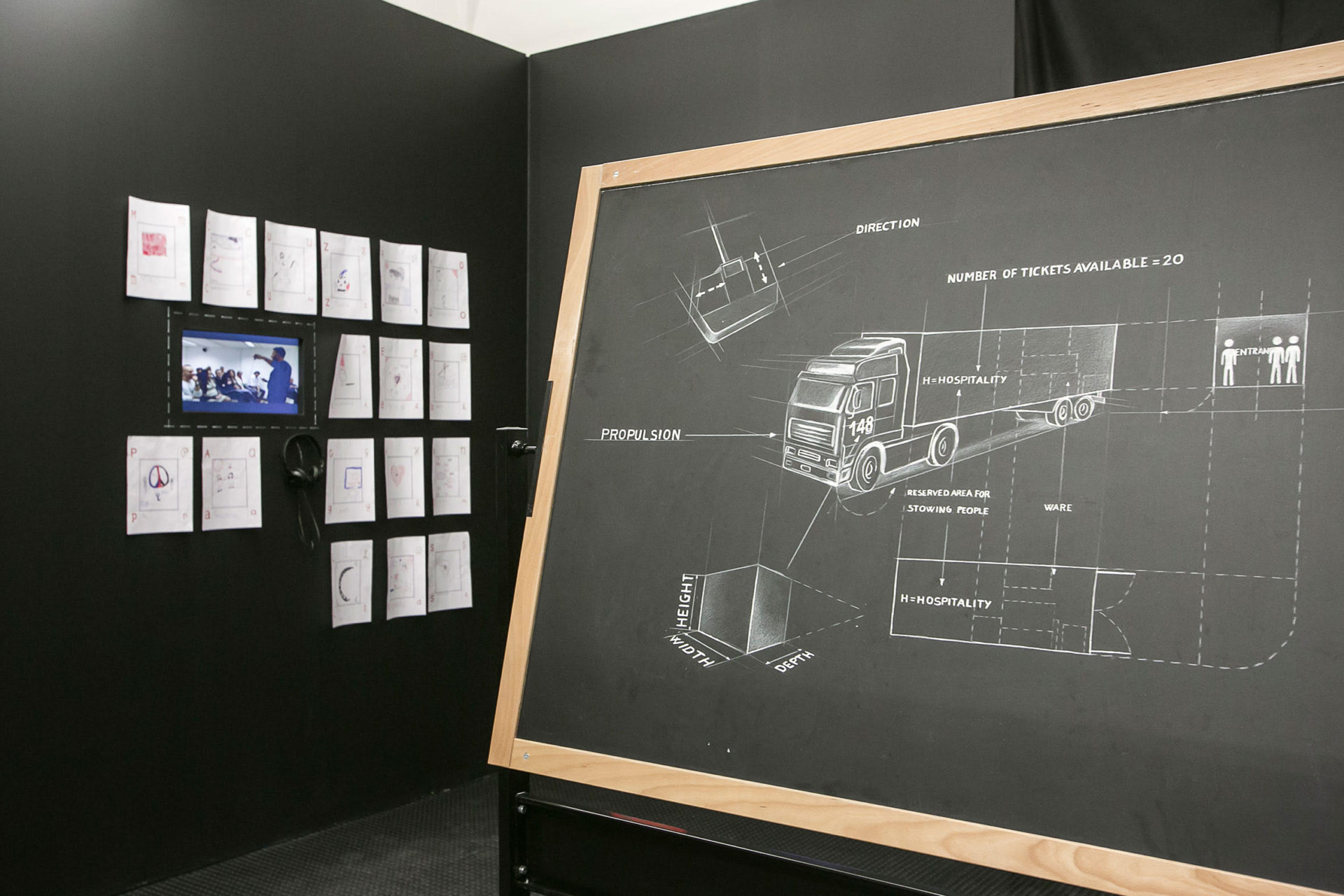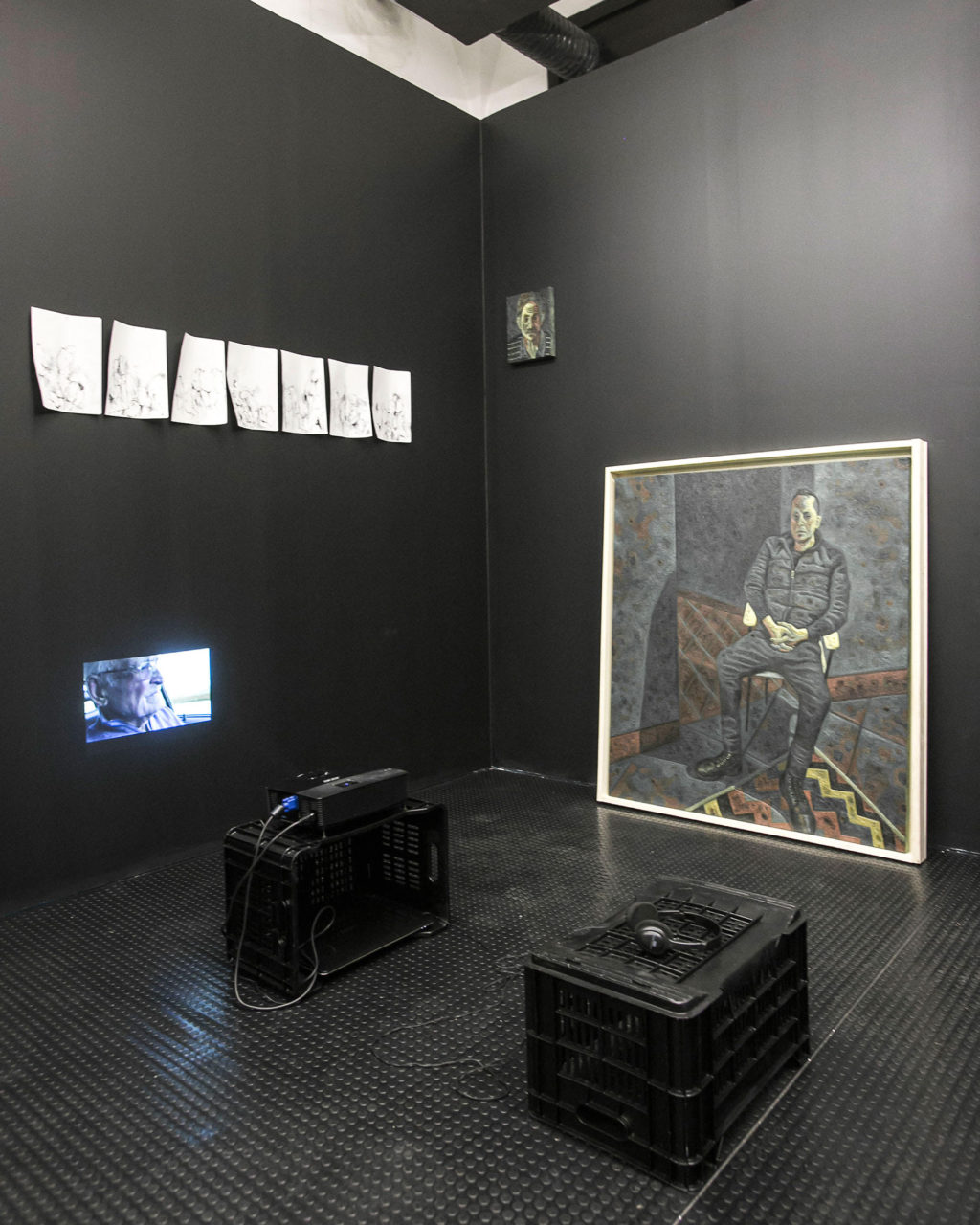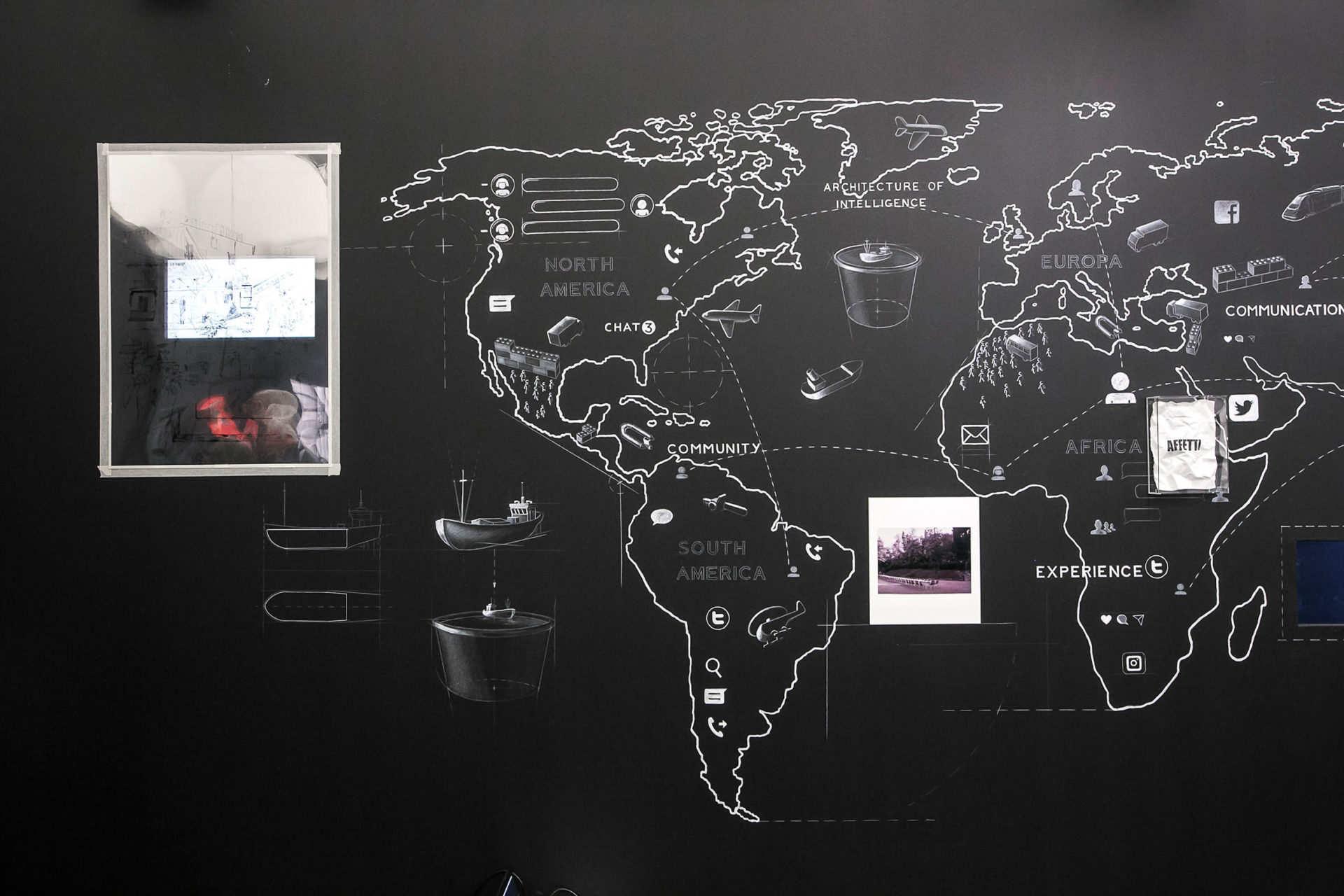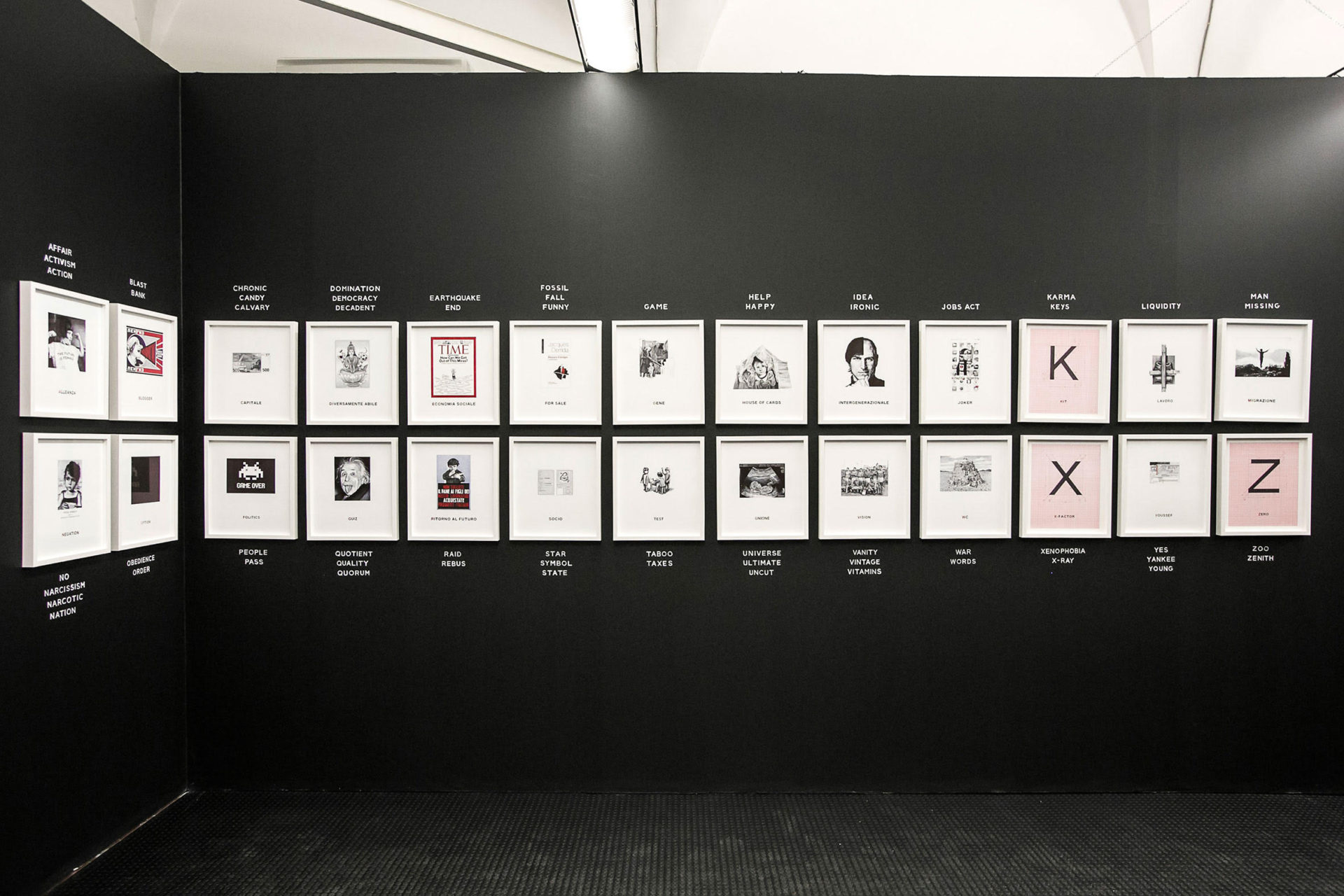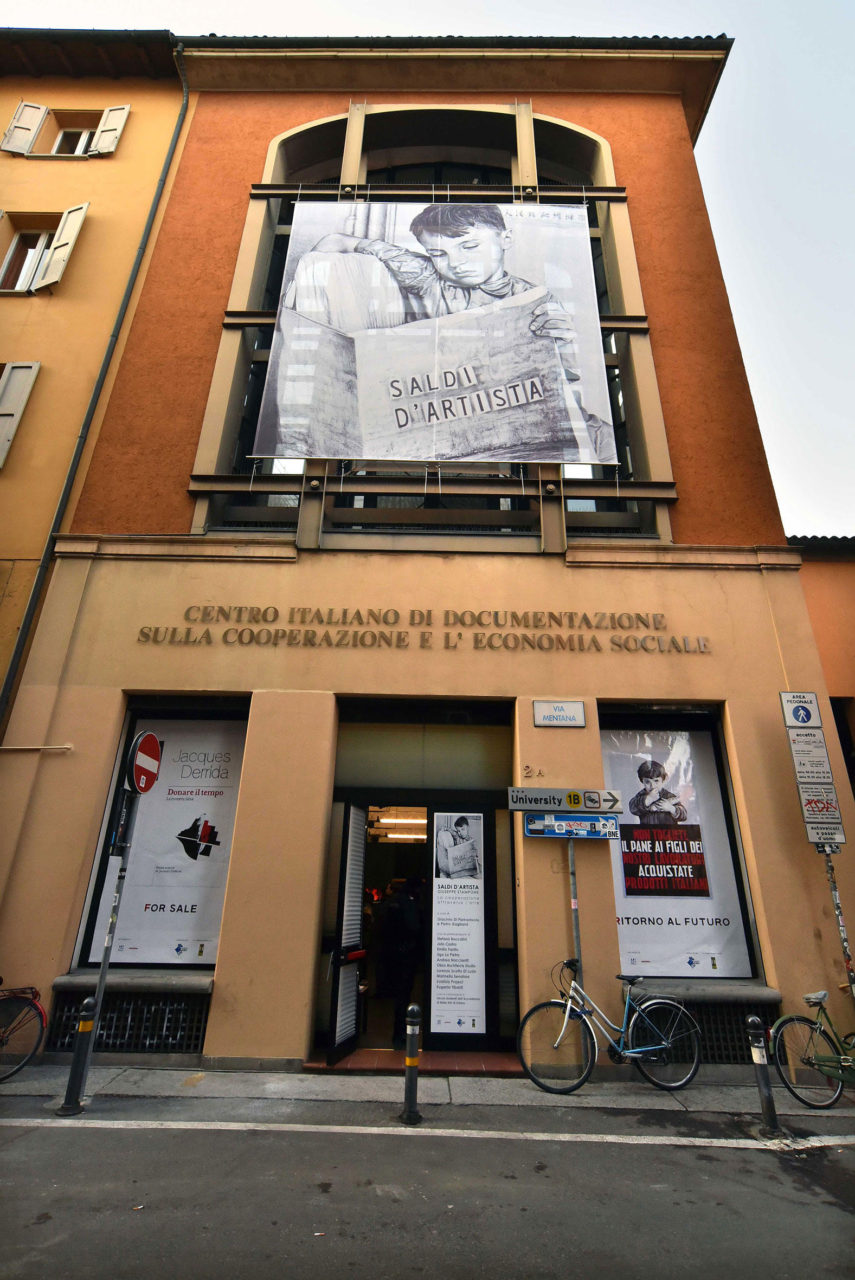SALDI D’ARTISTA
LA COOPERAZIONE ATTRAVERSO L’ARTE
curated by Giacinto Di Pietrantonio and Pietro Gaglianò
Supported by “Cooperativa Sociale Società Dolce in collaborazione” with “Centro Italiano di Documentazione sulla Cooperazione e l’Economia Sociale”
featuring Stefano Boccalini, Jota Castro, Emilio Fantin, Ugo La Pietra, Andrea Nacciarriti, Obra Architects Studio, Lorenzo Scotto Di Luzio, Marinella Senatore, Solstizio Project, Eugenio Tibaldi
And with the cooperation of some students of the Accademia di Belle Arti di Urbino
PROOF OF THE FACTS – by Pietro Gaglianò
“… Without the perception of the existence of a common world, any hypothesis of transformation is precluded from the outset”
– Paul Godani, “La vita comune”
The good news is that the art system is in dissolution. Meaning the system prepared by the social transformationtriggered by the industrial revolution of production processes in the nineteenth century, and then perfected by its conf ormation to the unequal and pyramidal capital structure, with the construction of comparable ensembles of power and relati onships of legitimisation. The news iscertainly good, because from this loss of verticality – mostlydue to an impractical distance betwee n base and summit -has emerged a pluralit y of autonomous and interconne ctedbaricenters. It is reality, inspired and supporte d by individuals and groups, w ho no longer act under the stress of the Empire (as Toni Negri and Michael Hardt call “the new political entity that regu lates world trade, the sovereignpower that govern s the world”); (1) also because the inspiration for their projects is no longer the fake exchang e, focused on competition and imitation, which requires a fo rward strength, to the inevitable ultimate benefit of the stronger interlocutor. Art, before entering galleries and submitting to the logic of the market, and sometimes evenafter having escaped unscathed, opens unex pected spacesfor sharing and e xperimentation that are not ea silyassimilated by the dominant system because th ey pointtowards a different pe rspective. During the last 20 years – more or less – in parallel there has been an increase in the importance of the pedagogical uses of art , taught as a subject, as a goal, as a form in itself. The pedagogy of art”works more like an educational ideology, educatio n for the purpose of education itsel f, because it has no specificp urpose.” In this archipelago of reality , permanent ortransient, short or long, emerge formal and relati onalmodels that insert into the real world an extension of whatis possibl e.” The Postmodernism crisis h as brought artistscloser to a dimension apart from and unprotected by society, and an ever increasing number of e xperiences on the international scene, reado pting practices and questionso f the sixties (2); questions on the concepts of authorshipand the role of art itself in society, with the difference thatart previou sly “was to prepare or announc e a future way, whereas today it presents models of possible universes” . (3)
Without being conditioned by the need for (structural) efficiency regula ting similar situations in the field of activism and social services, the experience of art formulates alternatives and indicates changes of direc tionwhich are sometimes adopte d in a functional way. (4) From the intuition of this faculty, the authentic non-formallearni ng that comes from proximity with the creation of art, are born virtuous collaboratio ns like the one that led Giuseppe Stampone to confront the world of cooperation. The constraints applied in the se years to the cooperative system by the financial world and the market are perfectlyorganic to the capitalization pervasive in the contemporaryworld; the partial condensation of the values that havesupported this entrepreneurial form (whi ch has survivedEuropean wars and dictatorships) reflects the changedeconomic scenario, revealing how the emancipation from the logic of control and approval, at any scale, is one of the most sensitive points of Empire vulnerability. To bringback to health the founding princip les of cooperation (whiccan be simplified as intergenerati onality, not inherited
